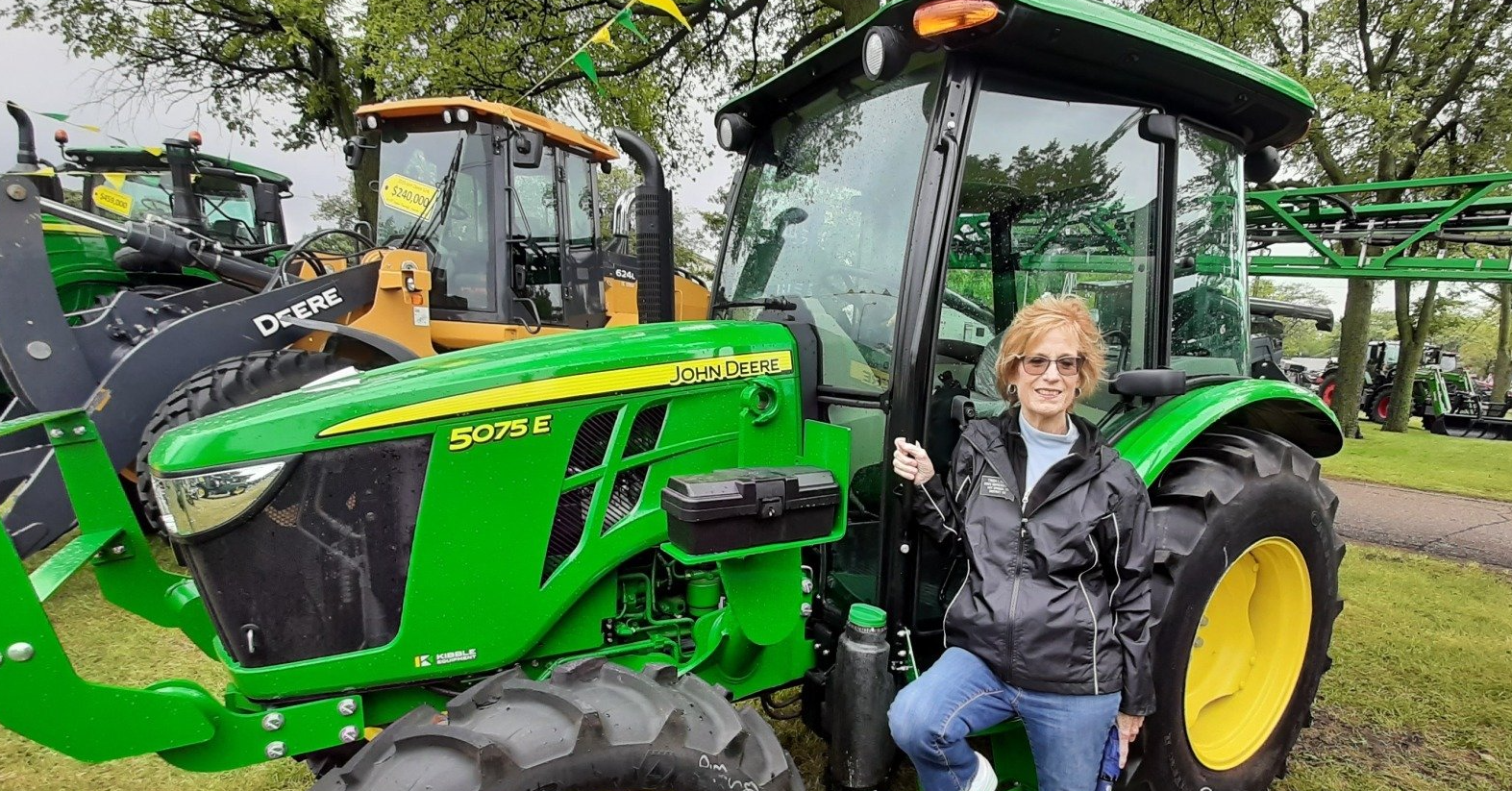Grassland Tax Relief Bill
Bobby and Trish Ladner • September 27, 2021

Earlier this month, I was invited to participated on a panel for the South Dakota Stock Growers Convention to discuss the new soil re-assessment and tax tables proposed by the Department of Revenue (DOR). The Assessor from Fall River County was also on the panel. She explained how she had discovered that there were errors in the soil reassessment formula that calculates the new taxes. As a result, DOR has decided to pull back the implementation of the tax assessments until all the “bugs” are worked out.
Land tax assessment has been an ongoing problem that our ranchers have been dealing with for decades. In 2016 the Agriculture Task Force drafted a bill that would have addressed these issues. The bill had strong bipartisan support in both the House and the Senate. However, the Department of Revenue asked them to table the bill because the new soil re-assessment and tax table would solve all the problems within 2 years. Six years later we are still facing the same problems.
The latest soil reassessment was tasked to Dr. Elliott from SDSU and was conducted via artificial intelligence (without 1 boot on the ground). So, last week we decided to take the opportunity to walk land East River. The grass was very lush, dense, and green. The terrain gently, rolling, and flat that goes on for miles and miles. The next day, we walked land West River. There is no comparison. The terrain is a mixture of hills, valleys, and rocky cliffs. As we looked out to the horizon, we saw segments of grey/black soil riddled with patches of grass stubble. The land is mixed with prickly pear cactus, slate, and rocks. To compare the two regions, both of which are experiencing a draught year, would be like comparing apples to oranges!
There has always been a difference between the soils East River and West River. As an example, in East River, Brown County takes an average of 3 to 5 acres of grassland per cow/calf. In Walworth County it takes an average of 10 acres per cow/calf. However, West River, the average is 30 to 40 acres per cow/calf and up to 60 acres per cow/calf in the Edgemont area of Fall River County. Quite a difference! The settlers who came to South Dakota in the late 1800’s learned their lesson when they tried to farm the land West River. Without the rainfall needed to produce crops, the topsoil was blown away by the prairie winds and the land was scarred. This scarring still exists today. We recognize that there is irrigated crop land West River, however, it is a very small part of the total land mass in the West River region.
Up until now, any legislation or potential solutions presented seem to have been met, in my opinion, with the kick-it-down the road mentality. With the newly proposed soil reassessment, we don’t have the luxury of doing that anymore. Our ranchers could be facing a tax increase of between 280 to 300%. Many ranchers have told us that their family ranches, that have been operating for 100+ years, may not be able to survive the increase. I’ve been asked, “how do I survive this type of increase and still be able to hold on and pass the land down to my children?”
We are currently meeting with ranchers and agricultural organizations to garner support for a Grassland Tax Relief Bill we will be presenting to the legislature during the 2022 session. This bill could potentially solve 80 to 85 percent of the grassland assessment issues facing our ranchers. If you are a rancher who could be affected by the newly proposed soil reassessment, please contact us. We need to get your message out, and help our legislators understand the differences between East and West river agriculture and the financial difficulties they face if this soil reassessment is implemented.
Rep. Trish Ladner
District 30
Trish.ladner@sdlegislature.gov
